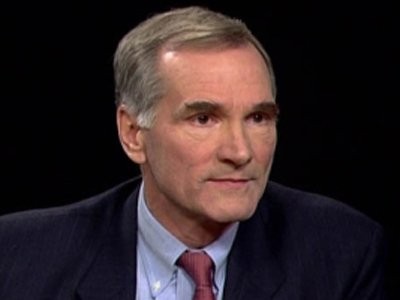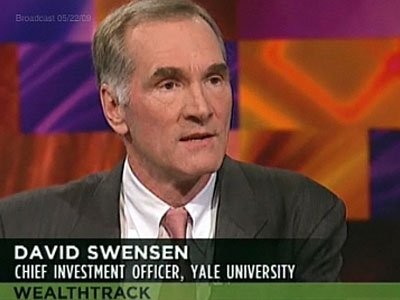How to Invest Like Yale’s David Swensen
Post on: 26 Май, 2015 No Comment

Significant hurdles exist, but it can be done, says Gemmer’s Blankley
The Yale campus at night (Photo: AP)
Everyone wants to be like Yale , Gemmer Asset Managements Charles Blankley began during his session at FPA 2013 NorCal Conference in San Francisco on Tuesday.
Tilted Alternative Investing: Opportunities, Pitfalls and an Assets Managers Approach, he added that the alternative space, especially liquid alternatives. has grown significantly over the past 10 years.
We want to believe in a magic white unicorn that is perfect for every portfolio, but its easy to be skeptical in this business of the pitches that come through.
The poster children for alternative investing are large endowments, he noted, so he concentrated much of the presentation on the challenges and advantages with which large institutions grapple.
Blankley started with a simple definition; alternatives are anything other than long-only equity and fixed income.
He then revealed that the average endowment had a performance of about 6.2% over 10 years, which, when compared with the S&P 500, is not all that good.
However, there is a difference is the performance of large endowments versus smaller endowments. There is a 1% difference in performance over a five-year period and a 1.6% performance spread over a 10-year period, which is significant.
Smaller endowments are typically invested in hedge funds, he added, while large endowment are able to use their connections and pricing power to gain access to private-equity deals.
He then listed the following advantages large endowments have over advisors and their smaller counterparts:
1) They have an average of 25 full-time investment professionals. Investing in alternative strategies is time intensive and requires a lot of expertise.
2) Their pricing power gives them more of an ability to negotiate.
3) They are able to invest directly and do not have to go through mutual funds, ETFs and fund of funds.

4). As Yales famed endowment manager David Swensen has successfully illustrated, large endowments can introduce leverage, which can lead to a performance advantage over time.
5). Large endowments have access to talent and top-tier managers.
And if advisors want to become Yale, there are tough hurdles to overcome, Blankley said in what would be the understatement of the session. For starters, investment professionals come to you with these glossy back tests. They show all this great performance in the past. Who has ever seen a bad back test? But sure enough, if you watch it for the next year it stumbles and underperforms.
Other hurdles include too little alpha to go around, data problems and headaches that exist due to survivorship bias, style drift and backfill bias, which is a guy who comes into the system with a hot hand and doesnt include his past poor performance.
So what does it all mean?
Its tough enough to pick winners in the large equity mutual fund space where there is full transparency, he said. Its even harder to in the alternative manager space, which is far more secretive.
But if investing like Swensen is a goal, consider the following, he concluded:
- Blindly adding alternative investments just for the sake of adding alternative investments is a surefire way to fail. The alternative strategies must be consistent with the overall goals of the portfolio.
- Upfront due diligence is significant (and critical), and one must kiss a lot of frogs before finding the right manager and strategy .














